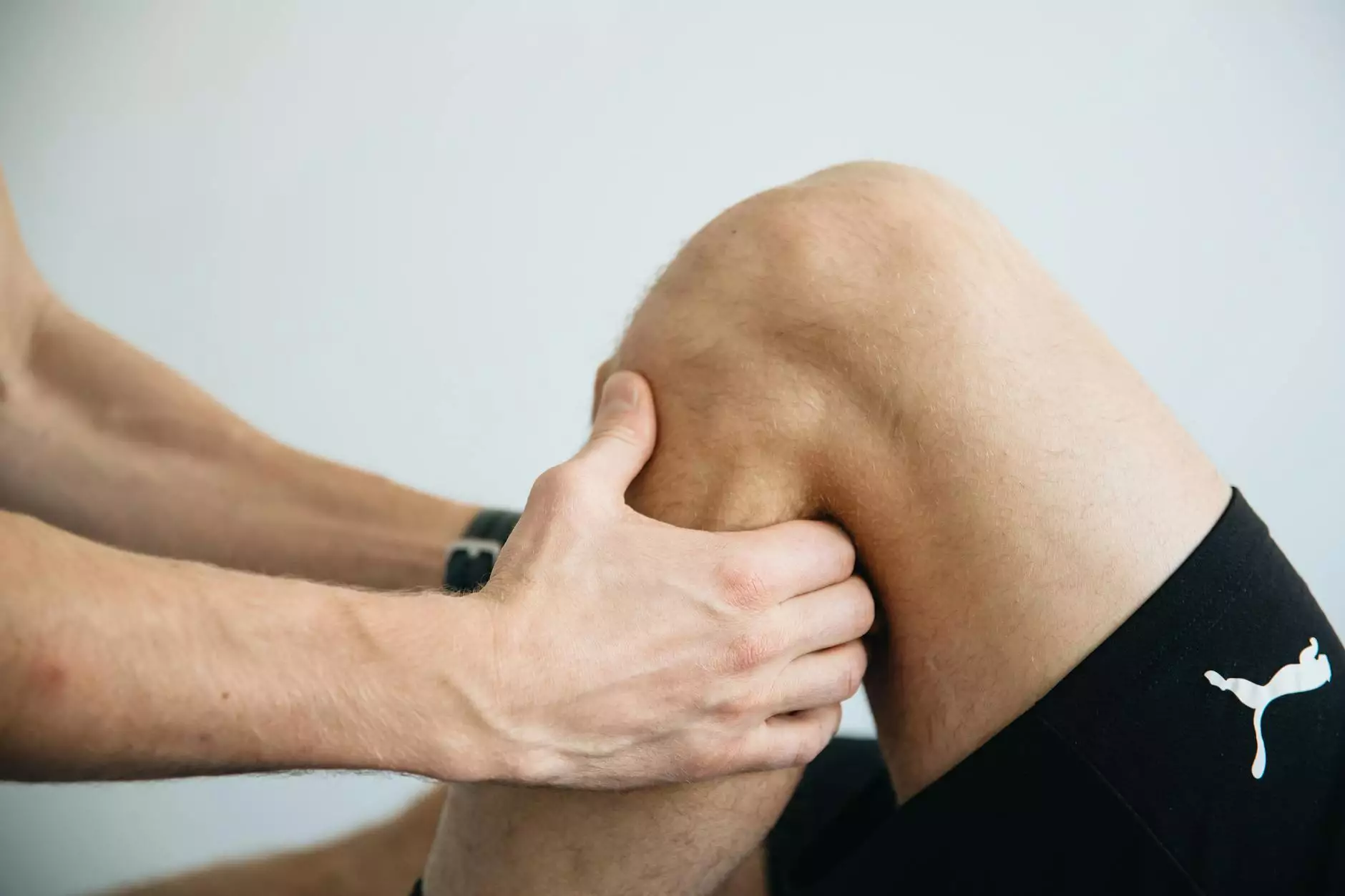Understanding Blood Clots in the Leg: Signs and Treatment

Blood clots can be serious and potentially life-threatening conditions that require immediate medical attention. Knowing the blood clot in leg signs is essential for early detection and treatment. In this comprehensive guide, we delve into the various aspects of blood clots, their causes, symptoms, and treatment options. With the information provided, you can empower yourself and make informed decisions about your health.
What is a Blood Clot?
A blood clot is a mass of coagulated blood that forms in a blood vessel. Clots develop to stop bleeding; however, they can also form inappropriately within blood vessels, leading to obstructed blood flow. This can occur in various parts of the body, but when it happens in the legs, it is often referred to as Deep Vein Thrombosis (DVT).
Causes of Blood Clots in the Legs
Understanding the causes of blood clots is crucial in prevention. Below are several risk factors that contribute to the formation of blood clots in the legs:
- Prolonged Immobility: Sitting or lying down for extended periods, such as during long flights or bed rest, can slow blood circulation.
- Injury or Surgery: Surgical procedures, especially those involving the legs or pelvis, can lead to blood clots.
- Inherited Conditions: Some people have genetic factors that increase their propensity to develop blood clots.
- Certain Medications: Hormones and medications, especially birth control pills or hormone replacement therapy, can increase the risk.
- Obesity: Excess body weight can put additional pressure on veins, contributing to clot formation.
- Age: The risk of developing blood clots increases with age.
- Smoking: Tobacco use is a significant risk factor as it damages blood vessels and affects circulation.
- Chronic Diseases: Conditions such as cancer, heart disease, and autoimmune disorders can increase the risk of clot formation.
Recognizing Blood Clot in Leg Signs
Early detection of blood clots is vital for effective treatment. Here are some key blood clot in leg signs to be aware of:
- Swelling: One of the most common signs of a blood clot in the leg is swelling, often in one leg.
- Pain or Tenderness: This could feel like cramping or soreness, typically in the calf or thigh.
- Change in Color: The affected leg may appear red or discolored, indicating potential problems with circulation.
- Warmth: The area around the clot may feel warmer than the surrounding skin.
- Difficulty walking: Pain and discomfort may make it hard to walk or bear weight on the affected leg.
Complications of Blood Clots
If left untreated, blood clots can lead to severe complications such as:
- Pulmonary Embolism: A portion of the clot can break off and travel to the lungs, which can be life-threatening.
- Post-Thrombotic Syndrome: This condition can occur after a DVT, leading to chronic pain and swelling in the affected leg.
Diagnosis of Blood Clots
If you suspect that you have a blood clot, it is crucial to seek medical assistance. Healthcare providers use several methods for diagnosing clots:
- Ultrasound: This non-invasive test uses sound waves to create images of the blood vessels and can help detect clots.
- Blood Tests: D-dimer tests measure substances in the blood that are released when a blood clot breaks up. Elevated levels may indicate clot formation.
- MRI or CT Scans: These imaging tests can provide detailed views of the blood vessels to identify clots.
Treatment Options for Blood Clots
Effective treatment for blood clots is crucial to prevent complications. Here are some common treatment strategies:
- Anticoagulants: Also known as blood thinners, these medications help prevent existing clots from growing larger and reduce the risk of new clots forming.
- Thrombolytics: In severe cases, clot-dissolving medications may be administered to quickly dissolve a life-threatening clot.
- Compression Stockings: Wearing compression stockings can help reduce swelling and prevent the formation of new clots.
- Surgery: In some cases, surgical intervention may be necessary to remove a clot.
Prevention Strategies
While some risk factors cannot be changed, there are numerous strategies you can adopt to reduce your risk of developing blood clots:
- Stay Active: Regular movement helps improve blood circulation and reduce the risk of clots.
- Hydration: Staying well-hydrated is essential for maintaining healthy blood flow.
- Avoid Prolonged Sitting: If traveling long distances, take breaks to walk around and stretch your legs.
- Healthy Diet: A balanced diet rich in fruits, vegetables, and whole grains can support vascular health.
- Quit Smoking: Stopping tobacco use significantly lowers your risk of blood clots.
When to See a Doctor
If you experience any symptoms associated with the blood clot in leg signs, it is crucial to seek medical attention promptly. Early diagnosis and intervention can save your life. Additionally, if you have risk factors such as recent surgery, a history of clots, or prolonged immobility, you should be vigilant about any unusual symptoms.
Conclusion
Blood clots in the leg can be a serious health concern if not addressed properly. By understanding the signs, potential causes, and treatment options, you can take proactive steps in safeguarding your health. Remember, when it comes to potential blood clots, it’s better to be safe and consult with a medical professional promptly. For tailored advice and treatment options, consider consulting with a specialist at Truffles Vein Specialists, where expert care in vascular medicine is available.
Stay informed, stay healthy, and empower yourself to take control of your vascular health!









